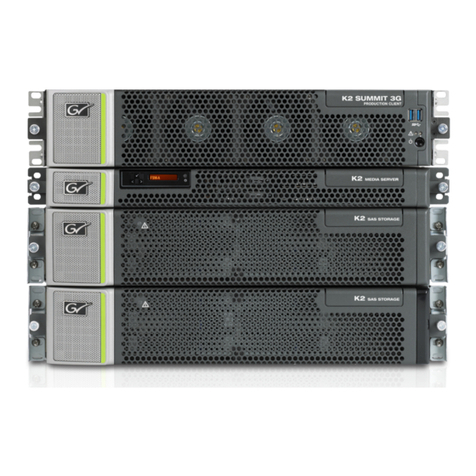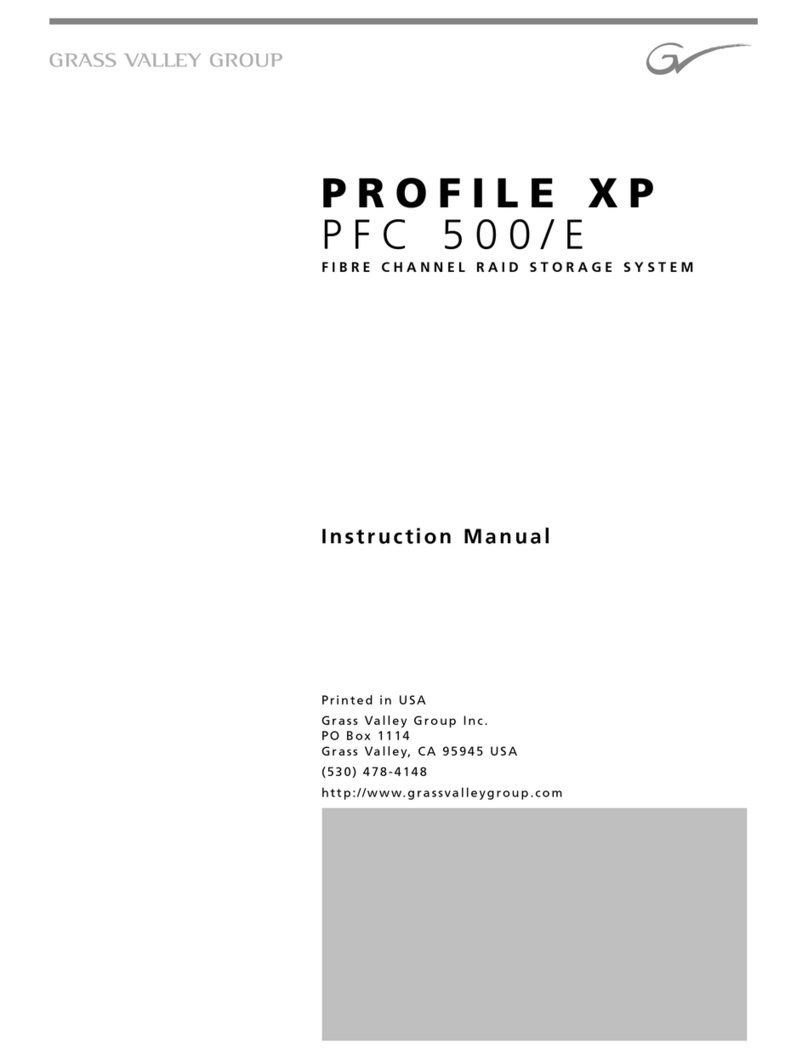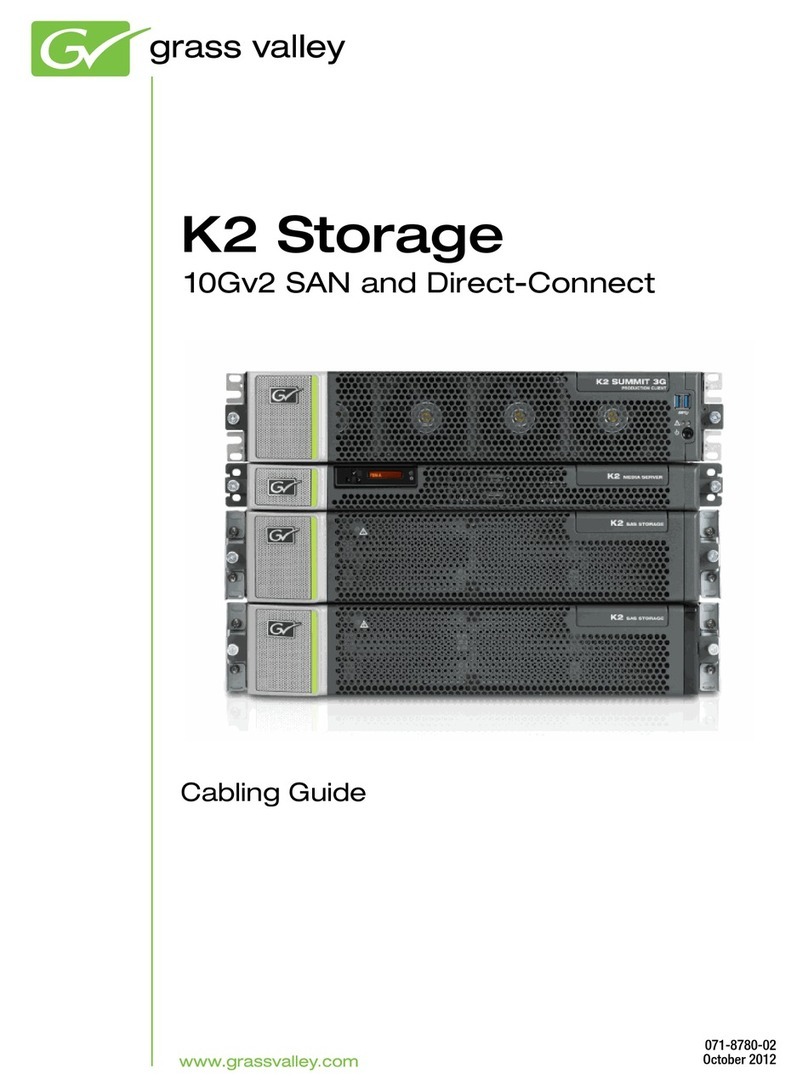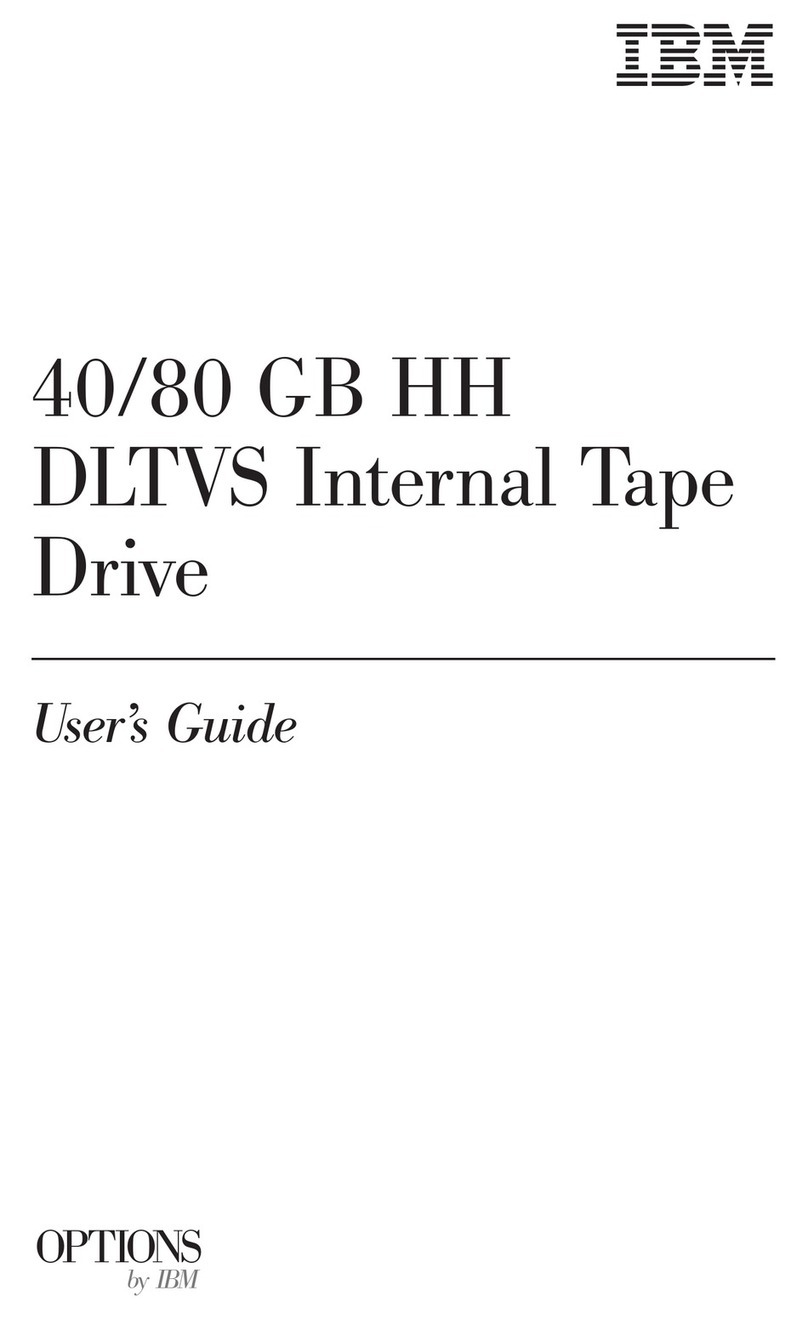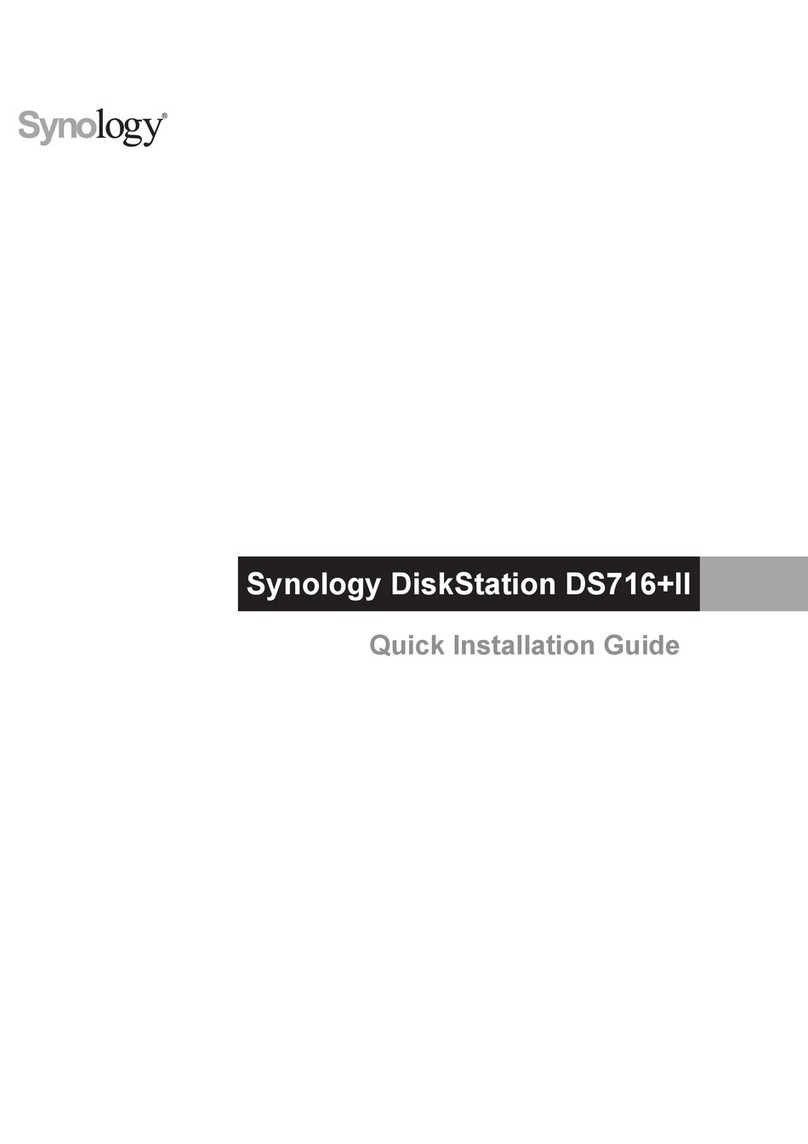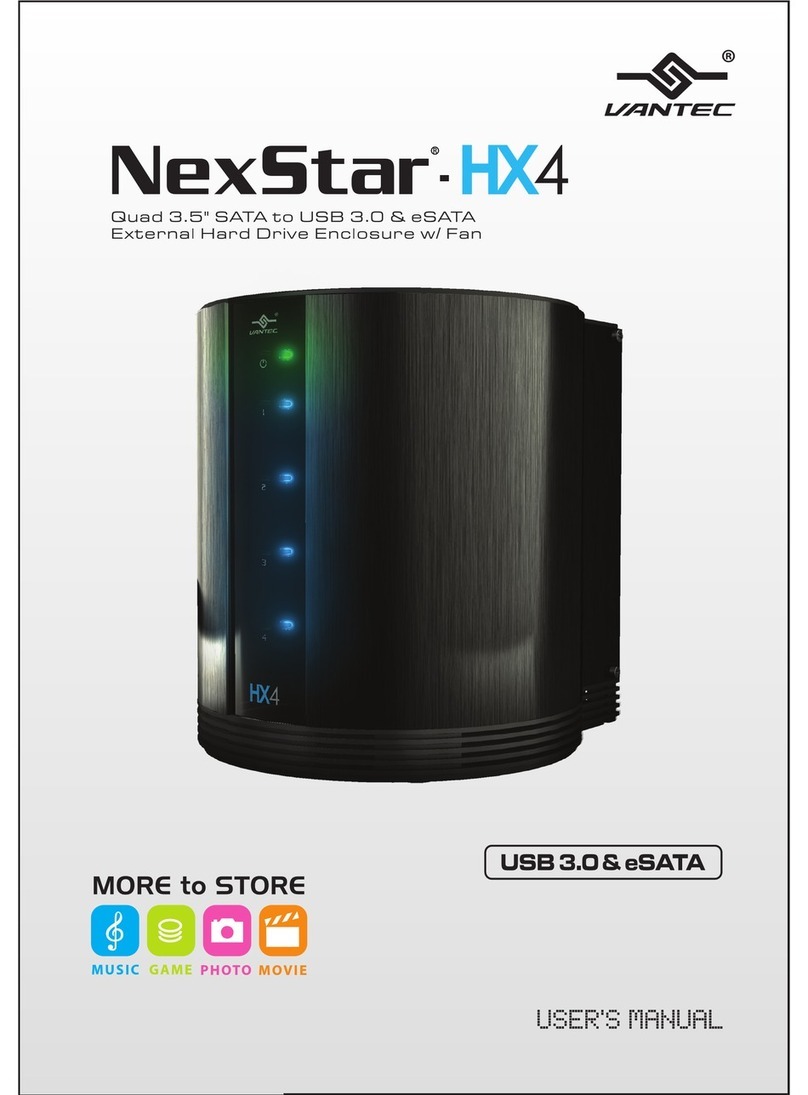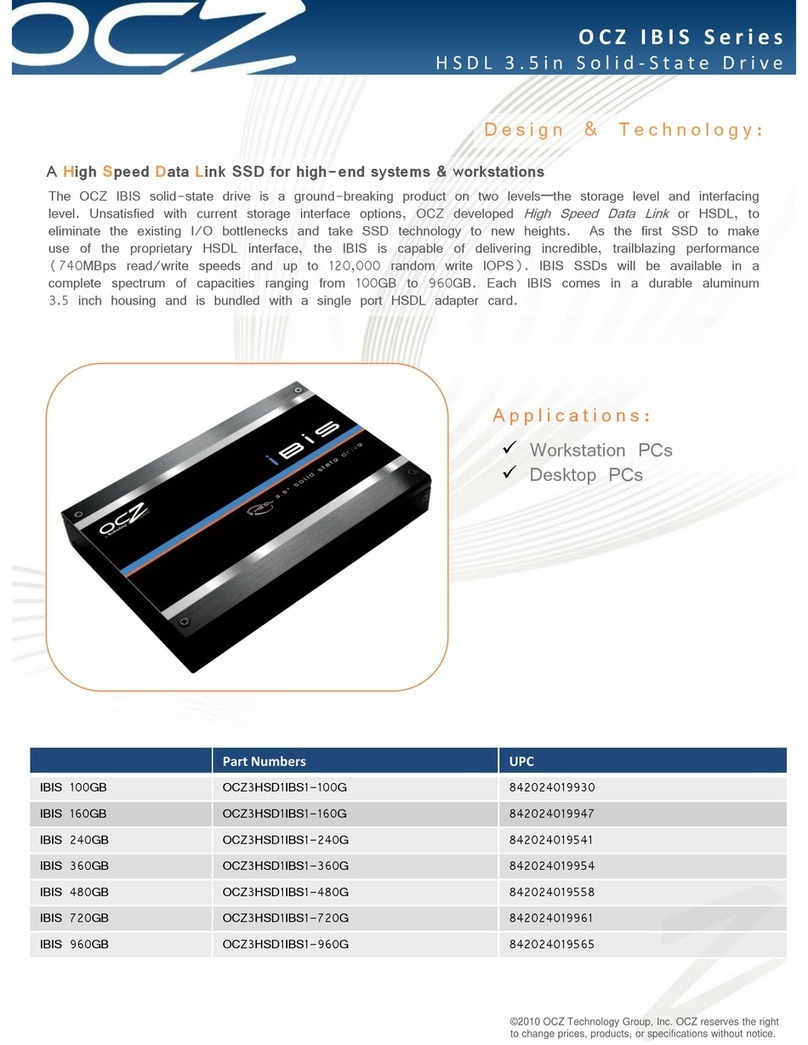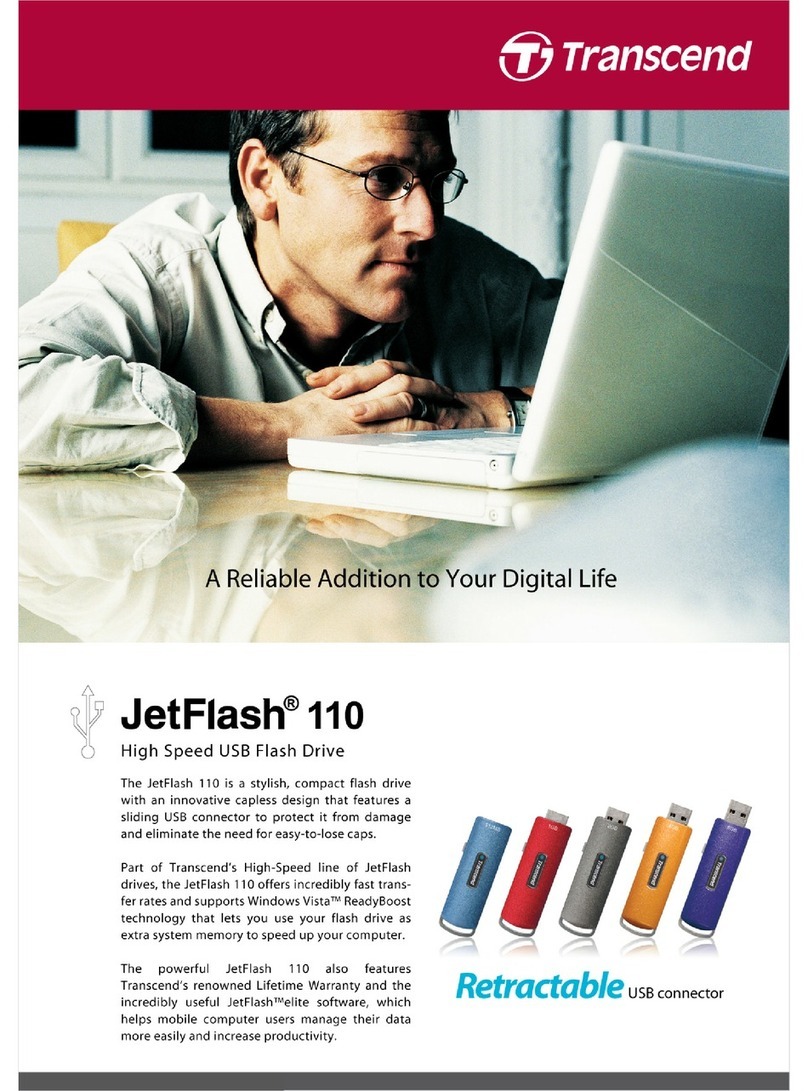
Recovering from a failover.................................................................................................................284
Working with K2 Media Servers............................................................................................................284
Accessing K2 Media Server features in the K2Config application ...................................................285
Taking a K2 Media Server out of service...........................................................................................285
Using the Stop button in Server Control Panel..................................................................................286
Placing a K2 Media Server in service ..............................................................................................287
Shutting down or restarting a K2 Media Server................................................................................287
Identifying K2 Media Server software versions.................................................................................287
Modifying K2 Media Server network settings....................................................................................287
Configuring Server 2008 for domain.................................................................................................288
Restoring network configuration........................................................................................................289
Removing a K2 Media Server...........................................................................................................293
Replacing a K2 Media Server...........................................................................................................293
Replacing an iSCSI interface adapter (TOE card)............................................................................295
Installing the Fibre Channel card driver............................................................................................296
Recovering from a failed K2 Media Server system battery...............................................................296
Checking K2 Media Server services.................................................................................................297
Licensing a K2 Media Server............................................................................................................299
Working with K2 clients.........................................................................................................................301
Accessing K2 client features in the K2Config application ................................................................301
Shutting down or restarting a K2 client.............................................................................................302
Taking a K2 client offline...................................................................................................................302
Bringing a K2 client online ................................................................................................................302
Adding a K2 client.............................................................................................................................302
Removing a K2 client........................................................................................................................303
Identifying K2 client software versions..............................................................................................303
Modifying K2 client control network settings.....................................................................................304
Modifying K2 client media (iSCSI) network settings..........................................................................304
Enabling and disabling the write filter using K2Config......................................................................305
Configure live streaming multicast using K2Config...........................................................................306
Using Storage Utility.............................................................................................................................308
Accessing Storage Utility..................................................................................................................308
Overview of Storage Utility................................................................................................................309
Working on the media file system and database..................................................................................309
Checking the media file system........................................................................................................310
Cleaning unreferenced files and movies...........................................................................................310
Making a new media file system.......................................................................................................311
Expanding the media file system by capacity...................................................................................313
Expanding the media file system by bandwidth................................................................................314
Recovering the media database.......................................................................................................319
Working with RAID storage...................................................................................................................320
Checking RAID storage subsystem status........................................................................................321
Checking controller microcode..........................................................................................................321
Identifying disks.................................................................................................................................321
Get controller logs.............................................................................................................................323
Unbind RANK....................................................................................................................................324
About full/background bind................................................................................................................325
Bind RANK........................................................................................................................................325
Binding Hot Spare drives..................................................................................................................327
Loading RAID controller and expansion chassis microcode.............................................................327
Downloading disk drive firmware......................................................................................................328
Replacing a disk module...................................................................................................................329
Replacing a controller.......................................................................................................................330
Configuring RAID chassis network and SNMP settings....................................................................331
Working with Ethernet switches............................................................................................................333
Design considerations for Ethernet switches....................................................................................333
Configuring a switch through the K2Config application ....................................................................335
Verifying spanning tree settings........................................................................................................335
02 February 2012 K2 SAN Installation and Service Manual 9
Contents
